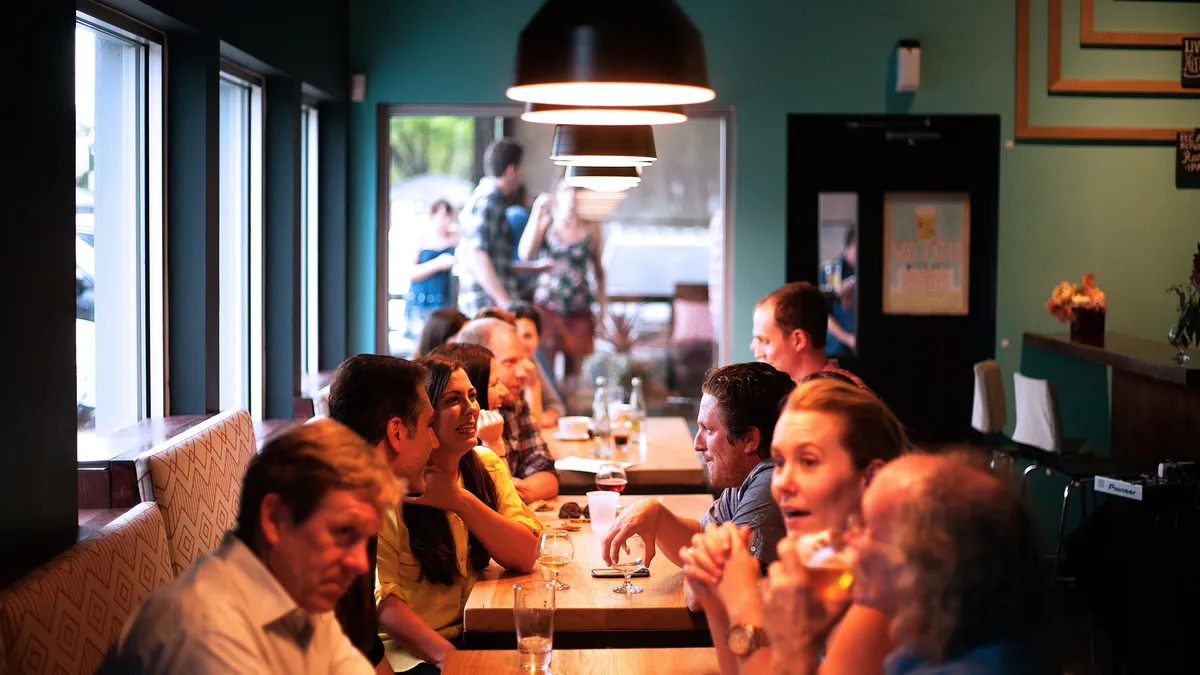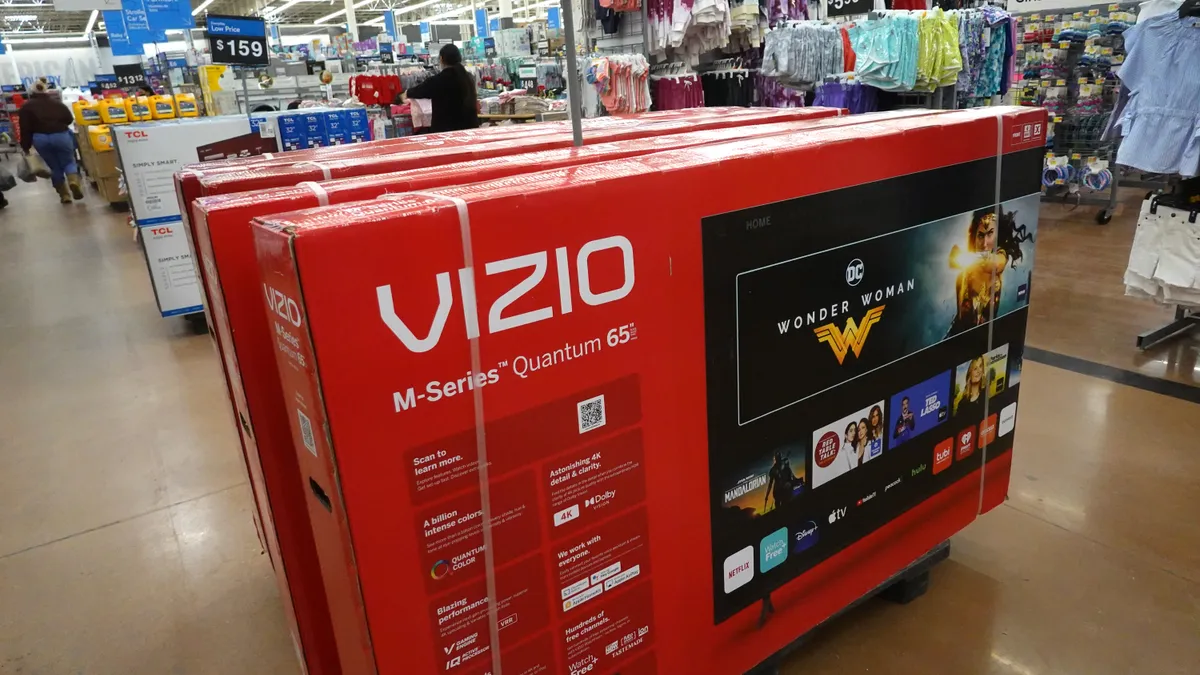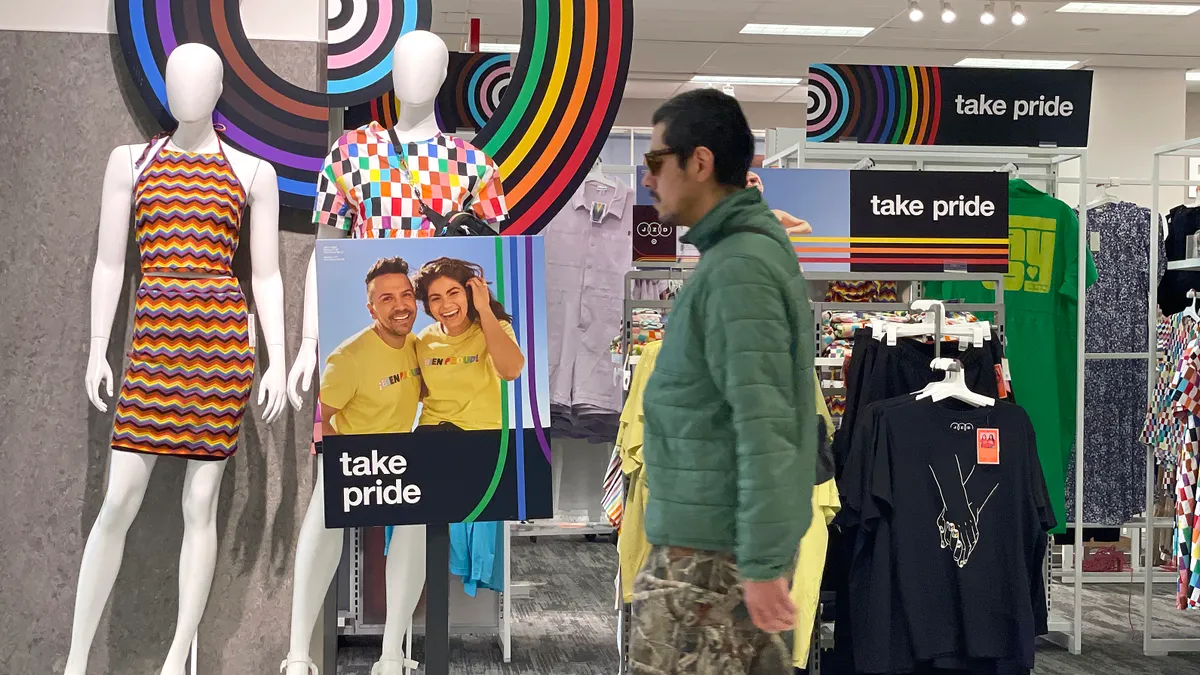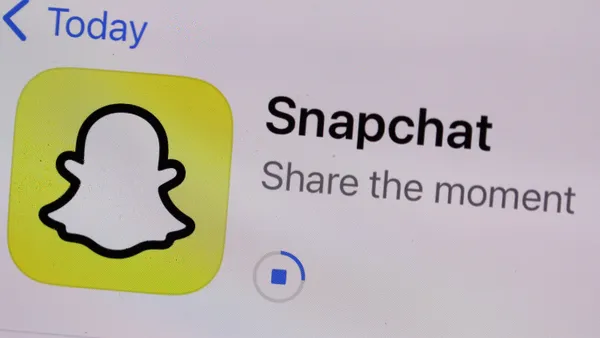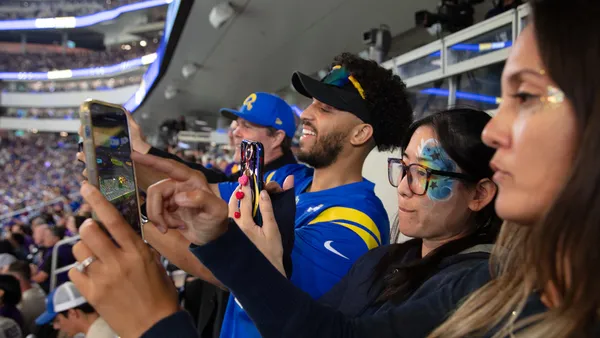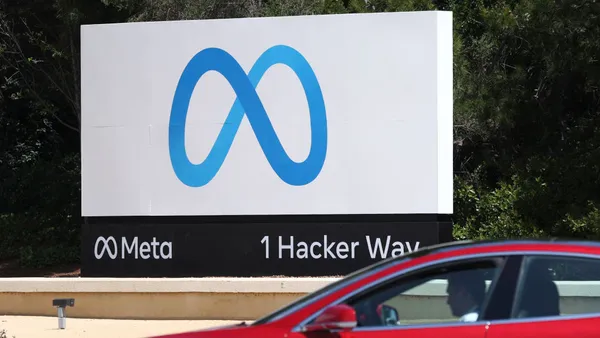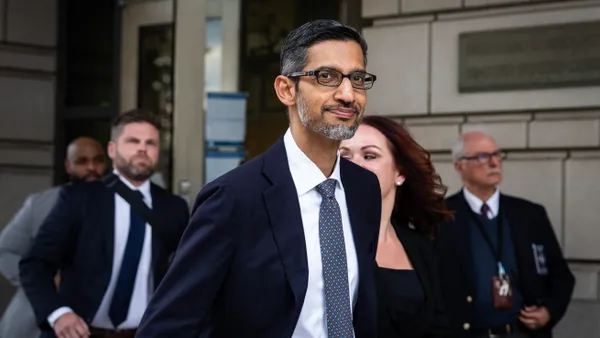Dive Brief:
- Online reservation service company OpenTable, part of the Priceline Group, released its “Technology and Dining Out” research survey and found that 19% of diners want to pre-order entire meals, 18% want to pre-order cocktails or wine and only 11% want to pre-pay for meals, per a press release.
- Respondents also overwhelming vetoed automation (68%) including robots taking orders or preparing food in restaurants, but did want to be able to use technology to get on a waiting list (78%) before arriving at a restaurant.
- "Technology throughout the restaurant industry continues to evolve, cater to and sometimes conflict with what diners actually want," said Scott Jampol, Senior Vice President of Marketing, OpenTable, in the press release. "The goal for this research study is to deliver insights focused on diner sentiment and behaviors that can elevate the overall dining experience and level of hospitality as well as identify areas where technology might deter from the joy that it is inherent to gathering around the restaurant table."
Dive Insight:
While robots are far from a common sight in restaurants, they have shown up in Chinese restaurants and in some kitchens elsewhere. The research's findings suggest diners tend to embrace technology when it directly enhances their experience, such as being able to shorten time spent waiting on a table, but don’t care for tech that eases the restaurant’s burden. These are lessons that apply to all marketers in the hospitality, and even retail space.
Even though diners had no interest in pre-paying or pre-ordering, they weren’t completely averse to technology when paying, with 35% reporting being open to mobile payments to avoid having to wait for a bill, and 37% said they would be interested in having a button on the table that would alert restaurant staff to issues at their table.
As for branded apps, a mere 6% said they would be likely to download the app of an individual restaurant chain, but 22% said they frequently interact with loyalty programs sending a potential mixed signal as digital loyalty programs are typically tied to branded apps.


